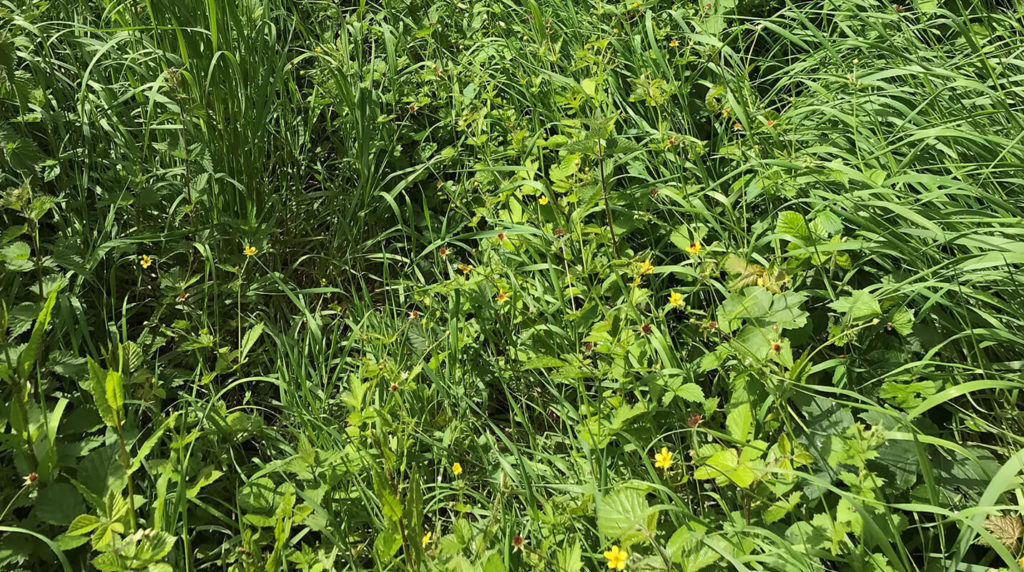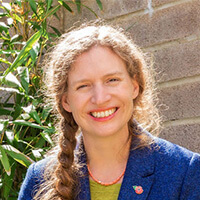

Welcome to 2020, the start of a new year and a brand new shiny decade! Despite the miserable grey weather which saps everyone’s enthusiasm, January is traditionally the time to set out a range of (usually unrealistic) self-improvement plans so this year I’ve decided to join the growing movement of taking action to improve the planet rather than setting unrealistic targets to improve myself.
The planet certainly needs improving and saving – 2019 has been full of headlines about climate change, single use plastic, Extinction Rebellion, deforestation, habitat loss, rubbish and littering, global warming, bush fires, eating / not eating meat and campaigning school children. Notwithstanding the huge societal shifts towards a less consumerist culture and the massive changes likely to be needed in business and technology to make a significant difference to the planet, this series looks at small changes we can all make in our daily lives and how we can embed those changes to make a measurable difference.
It is easy to suffer from ‘eco-anxiety’ and to feel that individual actions are pointless and can never make the difference needed, but if individuals make changes, I like to think that there must be a collective, positive effect. The ‘environment’ has been something I’ve been passionate about for a very long time, and this blog post series has given me the opportunity to do some research as well as think about what actions I am going to personally commit to in 2020. I’m also hoping to encourage my clients to consider what actions they can take as well, as business cannot continue to be seen as part of the problem and will have to form part of the solution. I’ve designed the series in 5 parts and I’d love to know what changes you are going to make and what actions you are going to take this year.
- Part 1 – Setting the Scene
- Part 2 – At Home in the Kitchen
- Part 3 - At Home in the Bathroom
- Part 4 – In the Office
- Part 5 – On the Shop Floor
Part 1 - Setting the Scene
In May 2019, IPBES (the Intergovernmental Science-Policy Platform on Biodiversity and Ecosystem Services) published the Global Assessment Report on Biodiversity and Ecosystem Services, the report offers an “an integrated overview of where the world stands in relation to key international goals, including the Sustainable Development Goals (SDGs), the Aichi Biodiversity Targets and the Paris Agreement on climate change. It examines causes of biodiversity and ecosystem change, the implications for people, policy options and likely future pathways over the next three decades if current trends continue, and other scenarios”. A 40 page summary of the report is available and articles highlighting key information are available from:
Browsing the summary makes for depressing reading, including the following stand out facts:
- Global human population has more than doubled (from 3.7 to 7.6 billion) since 1970
- Urban areas have more than doubled since 1992
- Plastic pollution has increased tenfold since 1980
- Greenhouse gas emissions have doubled since 1980 raising average global temperature by at least 0.7 degree
- 75% of the terrestrial environment has been “severely altered” to date by human actions (marine environments 66%)
- Up to 1 million species are threatened with extinction, many within decades
- 70% of cancer drugs are natural or synthetic products inspired by nature
- More than 2 billion people rely on wood fuel to meet their primary energy needs
- 40% of the global population lacks access to clean and safe drinking water
The summary report states that “direct and indirect drivers of change have accelerated during the past 50 years. The rate of global change in nature during the past 50 years is unprecedented in human history”, the five direct drivers of change identified in the report are:
- Changes in land and sea use
- Direct exploitation of organisms
- Climate change
- Pollution
- Invasive alien species

Figure 2 on p12 of the Summary Report summarises these direct drivers as follows: “Examples of global declines in nature, emphasizing declines in biodiversity, that have been and are being caused by direct and indirect drivers of change. The direct drivers (land/sea use change; direct exploitation of organisms; climate change; pollution; and invasive alien species) result from an array of underlying societal causes. These causes can be demographic (e.g. human population dynamics), sociocultural (e.g. consumption patterns), economic (e.g. trade), technological or relating to institutions, governance, conflicts and epidemics; these are called indirect drivers, and are underpinned by societal values and behaviors.”
The things that really stood out for me in the report are that “global trade has grown 10-fold” and how much more connected the world is as the trade and travel between countries has grown:
“Distant areas of the world are increasingly connected as consumption, production, and governance decisions increasingly influence materials, waste, energy, and information flows in other countries, generating aggregate economic gains while shifting economic and environmental costs.”
The diversity of natural environments is decreasing due to the five drivers listed above as well as the homogenisation of crops grown around the world. According to a report by Bioversity International “modern food systems are dominated by 5 animal species and 12 crops” and this reliance on such a small selection of species poses a serious risk to global food supply. I was really surprised to discover that 50% of the world's plant-based calories come from rice, wheat and maize, all of which could be catastrophically affected by pests, pathogens or climate change.
The summary report goes on to say that the Aichi Biodiversity Targets and the 2030 Agenda for Sustainable Development, “will not be achieved based on current trajectories”. The Aichi Biodiversity Targets are:
- Address the underlying causes of biodiversity loss by mainstreaming biodiversity across government and society
- Reduce the direct pressures on biodiversity and promote sustainable use
- To improve the status of biodiversity by safeguarding ecosystems, species and genetic diversity
- Enhance the benefits to all from biodiversity and ecosystem services
- Enhance implementation through participatory planning, knowledge management and capacity building
The UN Sustainable Development Goals are illustrated in this infographic:

However, there is some hope expressed in the report that these targets can be achieved, and the looming environmental disaster adverted or at least reduced if “Transformative Change” is urgently embraced across the globe. Transformative change is defined as “a fundamental, system-wide reorganization across technological, economic and social factors, including paradigms, goals and values” and is explained further in this IPBES blog post What Is Transformative Change, and How Do We Achieve It?

Figure 9 on p28 of the summary report “Transformative change in global sustainability pathways. Collaborative implementation of priority governance interventions (levers) targeting key points of intervention (leverage points) could enable transformative change from current trends towards more sustainable ones. Most levers can be applied by a range of actors such as intergovernmental organizations, governments, non-governmental organizations, citizen and community groups, indigenous peoples and local communities, donor agencies, science and educational organizations, and the private sector, at multiple leverage points, depending on context. Implementing existing and new instruments through place-based governance interventions that are integrative, informed, inclusive and adaptive, using strategic policy mixes and learning from feedback, could enable global transformation.”
One key change is for all decision makers to enhance and improve implementation and enforcement of “effective existing policy instruments and regulations” (for example UK regulations requiring local authorities to recycle household waste) combined with the “reform and removal of harmful existing policies and subsidies” (for example UK Export Finance supporting fossil fuel projects around the world).
Other changes which are possible at an individual level are “increasing awareness of connectivity in the environmental crisis” (for example understanding the choices we make in the supermarket have knock on effects around the world) and trying to embed a vision of a “good quality of life that do[es] not entail ever-increasing material consumption” as well as simply reducing the amount we consume and the amount we waste.
Over the rest of January, I’ll be sharing thoughts and ideas on changes I’m planning to make this year and I’m looking forward to hearing about the actions you are going to take along with me. See you next week for Part 2 – At Home